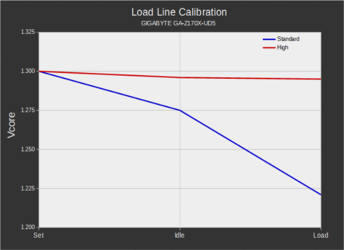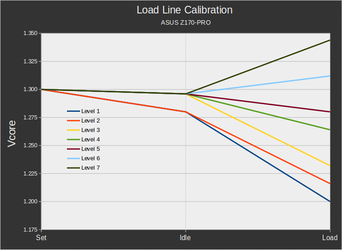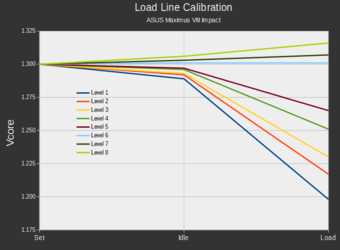As the title asks, is LLC still necessary on MODERN intel boards? I ask this as on both X99 and Z170 boards I reviewed lately, the voltage I have seen in the bios, in windows, and on load, has been remarkably stable for me, even at high clockspeeds/voltages. Like literally between the BIOS and load in windows, I haven't seen but maybe .02V at most.
I just see people still suggesting it out of the gate, but, if there isn't a reason to use it, why use it? It started out to prevent vDroop and to closer match your BIOS settings, but now it seems like its part of the overclocking when in reality, its an option to use in the first place. I can see for giggles and to match even closer to what you set in bios, but, it just seems like its now part of the common advice and I am not sure I understand why.
Thoughts???
I just see people still suggesting it out of the gate, but, if there isn't a reason to use it, why use it? It started out to prevent vDroop and to closer match your BIOS settings, but now it seems like its part of the overclocking when in reality, its an option to use in the first place. I can see for giggles and to match even closer to what you set in bios, but, it just seems like its now part of the common advice and I am not sure I understand why.
Thoughts???
Last edited:


